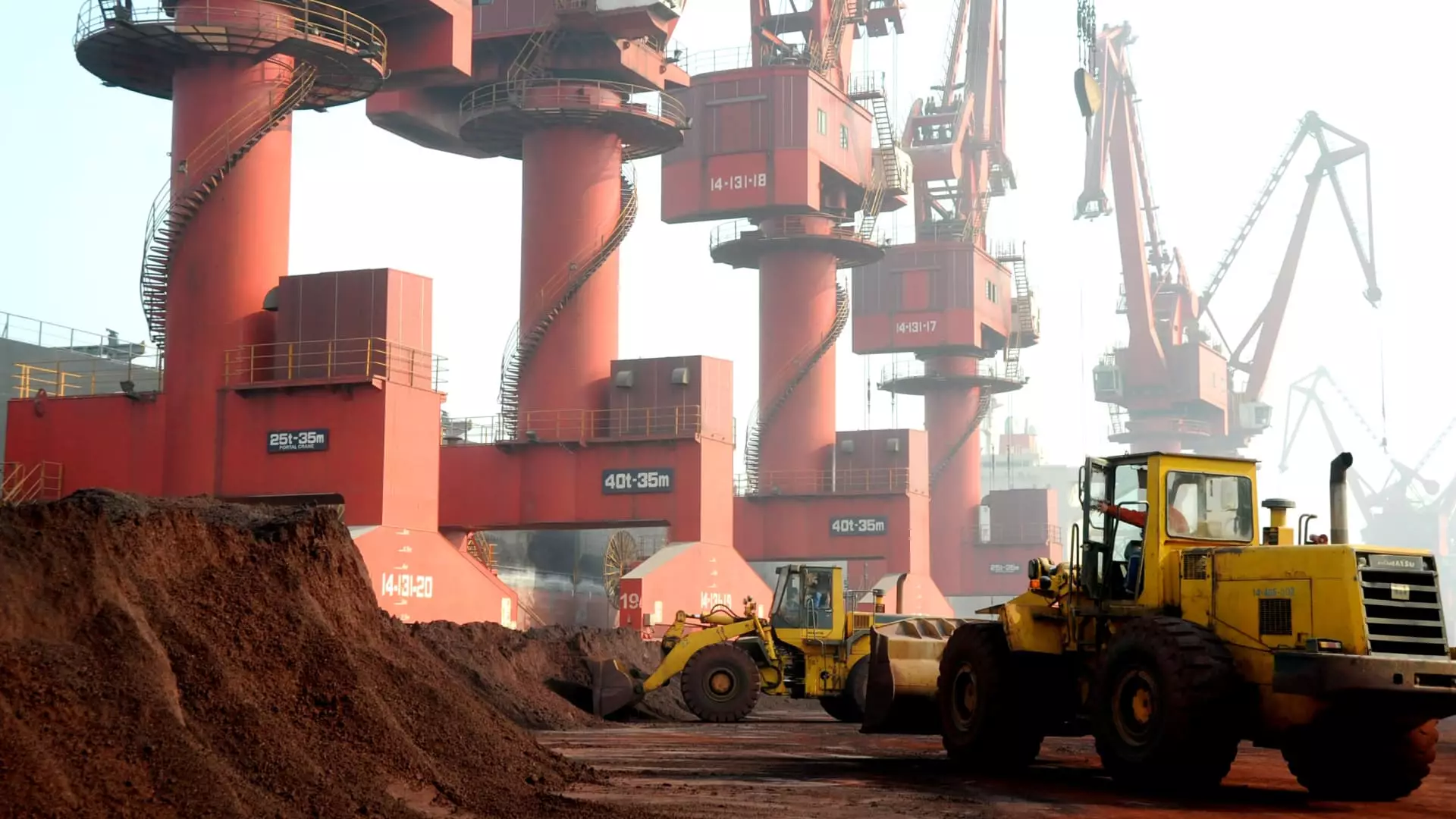The recent decision by China to impose restrictions on tungsten exports raises critical questions about the future of global supply chains for this essential metal. As nations scramble for alternatives amidst rising geopolitical tensions, the implications of these moves are significant—not just for China, but for a wide range of industries reliant on tungsten.
Changing Dynamics of Tungsten Supply
Tungsten is known for its remarkable hardness and high melting point, making it an invaluable resource in various sectors, particularly in defense and technology. Historically, China has been a dominant player in the tungsten market, capturing an estimated 80% share of global production. This occurred primarily through aggressive pricing strategies aimed at undercutting competitors. However, as the geopolitical landscape evolves, China is now pivoting from a position of abundance to a more protective stance on this critical mineral.
Starting December 1, recent regulations by China’s Ministry of Commerce will require exporters of tungsten and related materials to obtain licenses, reflecting a broader strategy to control dual-use technologies—those applicable to both military and civilian contexts. Notably, the U.S. has also taken steps to limit its reliance on Chinese tungsten, particularly with a ban on contractors purchasing tungsten mined in China due to take effect in 2027. These measures highlight the urgent need for alternatives to a Chinese-dominated supply chain as the geopolitical climate between the U.S. and China grows increasingly strained.
One might expect a pronounced reaction to China’s export restrictions; however, tungsten prices have shown remarkable resilience, fluctuating around $335 per metric ton of ammonium paratungstate. Industry experts, like Christopher Ecclestone from Hallgarten & Company, suggest that even with the announcement of these restrictions, market response has been muted. To incentivize more domestic mining operations in countries like the U.S., prices need to considerably exceed current levels, suggesting a disconnect between policy and potential profitability.
There are indications that the tariffs imposed on Chinese tungsten in the U.S. have garnered solid support among domestic manufacturers, with many advocating for an increase in duties to 50%. While the effectiveness of tariffs as a means of boosting local production is debated, industry insiders believe that a combination of favorable pricing and government incentives could support a revival in U.S. tungsten mining.
As countries look inward for tungsten sources, several mining projects are either underway or in the planning stages. For instance, Almonty Industries is making strides in restarting the Sangdong mine in South Korea, which has the potential to become a significant player in the tungsten market. Following a successful financing round of over $75 million, Almonty aims to resume operations at the mine, which has been dormant since 1994. The South Korean facility, now seeking to reinvigorate itself with modern technology, underscores the shifting dynamics that resonate through the industry.
Additionally, ongoing exploration efforts in the U.S. are noteworthy. Regions such as Idaho are seeing renewed interest, with companies like Demesne Resources preparing to enhance production capabilities at the IMA tungsten mine. Historical assessments suggest untapped reserves of tungsten, silver, and molybdenum in these mines may give rise to a more diversified and resilient supply portfolio for the U.S.
As countries ramp up efforts to secure their own supply of tungsten, the concept of “friendshoring” emerges as a strategic response, especially in the U.S. This involves building supply chains with allied nations to reduce dependency on adversarial sources. As Gracelin Baskaran from the Center for Strategic and International Studies points out, establishing partnerships and long-term contracts with friendly nations is crucial for navigating potential supply shocks.
Demand for tungsten is anticipated to rise as technological advancements and military applications continue to expand. While more players enter the field and diversify supply chains, analysts predict that stability in pricing may occur as projects like the Sangdong mine in South Korea come online. Additionally, developments in other regions, including Kazakhstan, Australia, and Spain, will contribute to a more balanced global market moving forward.
China’s shift in tungsten export policies signals a dramatic alteration in an industry that has long relied on Chinese dominance. For the world’s economies, particularly the U.S., this presents both challenges and opportunities as they look to secure a reliable and sustainable tungsten supply chain. The focus on diversifying sources and enhancing domestic mining capabilities will be pivotal in shaping the future landscape of this essential metal.

